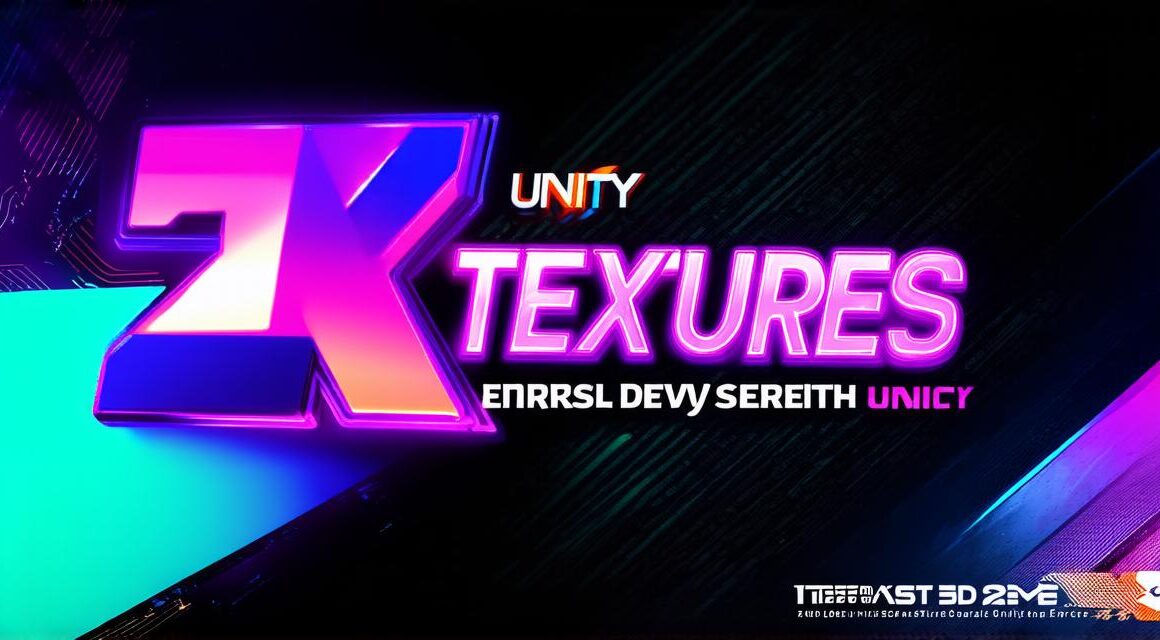Introduction:
In recent years, game development has become an increasingly popular field, with Unity being one of the most popular tools for creating both 2D and 3D games. However, mastering the intricacies of Unity’s visual effects can be challenging, especially when it comes to creating stunning shader effects that bring your games to life. That’s where the Ultimate Unity Course on 2D & 3D Shader Graph Visual Effects comes in – this comprehensive guide will help you unlock game dev secrets and take your visual effects to the next level!
The Basics of Shader Graph Programming:
Shader graph programming is a powerful tool for creating visual effects in Unity. It allows you to create complex shader programs without having to write any code. Instead, you can use a visual interface to connect different nodes together and create custom shaders that can be applied to your game objects.
To get started with shader graph programming, you’ll first need to understand the basics of shaders. A shader is a program that determines how a surface should look – this could be anything from the color of a material to the reflection and refraction of light. Shaders are written in a language called HLSL (High-Level Shading Language), which is similar to C++ but optimized for graphics processing.
Once you’ve got a basic understanding of shaders, you can start working with shader graphs. A shader graph is a collection of nodes that can be connected together to create custom shader programs. Each node represents a different aspect of the shader – for example, there might be nodes for color grading, reflections, and shadows.
Advanced Techniques and Best Practices:
To create a shader program using a shader graph, you’ll need to follow these steps:
- Open Unity and create a new project.
- Create a material that will use the shader graph – this can be done in the Inspector window by right-clicking on a material and selecting “Create > Shader Graph”.
- Open the shader graph by double-clicking on it in the Project window.
- Drag and drop nodes onto the canvas to create your shader program – you can find a list of available nodes in the Reference section of the shader graph window.
- Connect the nodes together using links, which are created by dragging one node’s output socket to another node’s input socket.
- Save and apply your shader program to a game object.
Once you’ve got the basics of shader graph programming down, it’s time to start exploring some of the more advanced techniques and best practices for creating stunning visual effects in Unity. Here are a few tips to get you started:
- Use layers to keep your shader programs organized – this can help make them easier to debug and maintain over time.
- Don’t be afraid to experiment with different node configurations – sometimes the most interesting effects come from combining nodes in unexpected ways.
- Use variables to store values that can be changed throughout the shader program – this can be especially useful when creating dynamic effects that respond to user input or other factors.
- Optimize your shader programs for performance by minimizing the number of nodes and links, and using techniques like early z-culling and occlusion culling to reduce the amount of work your shader program has to do.




